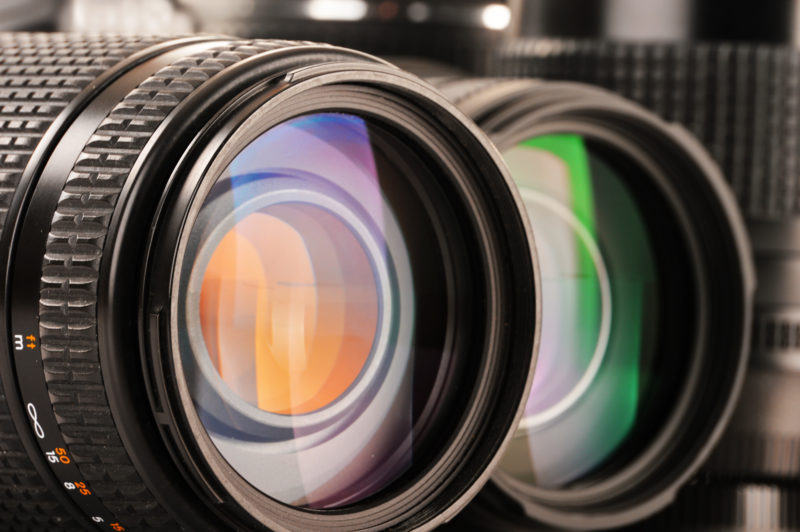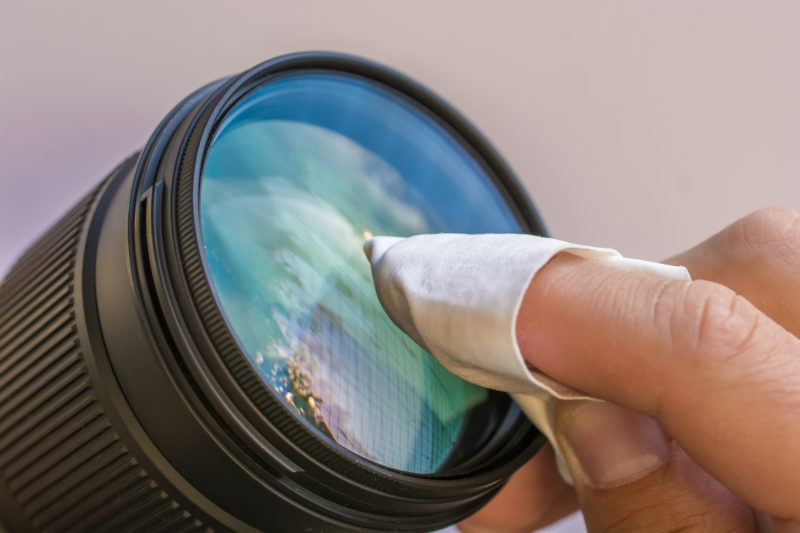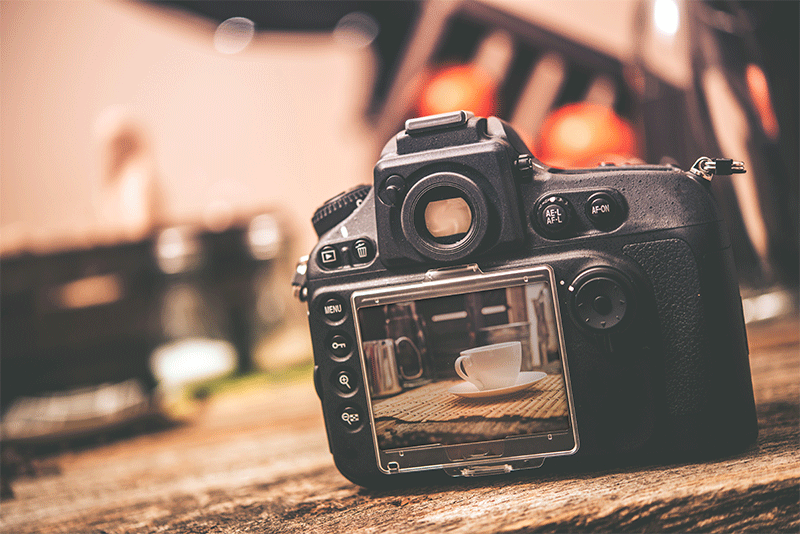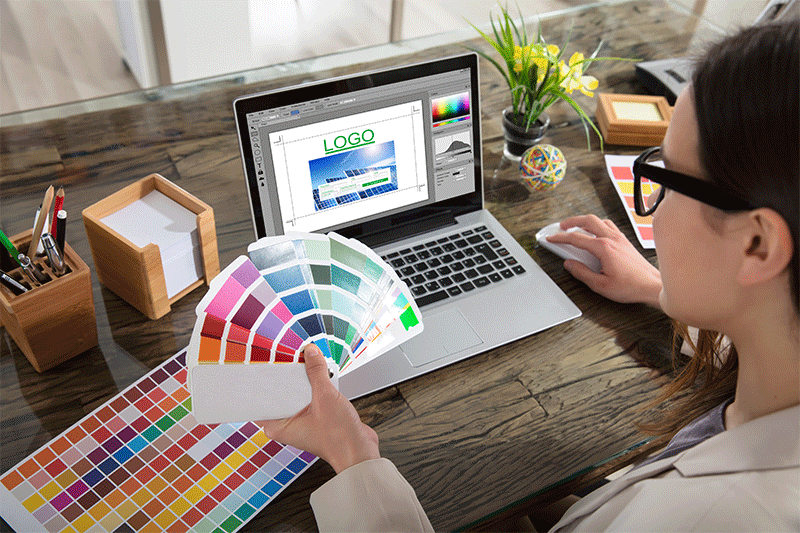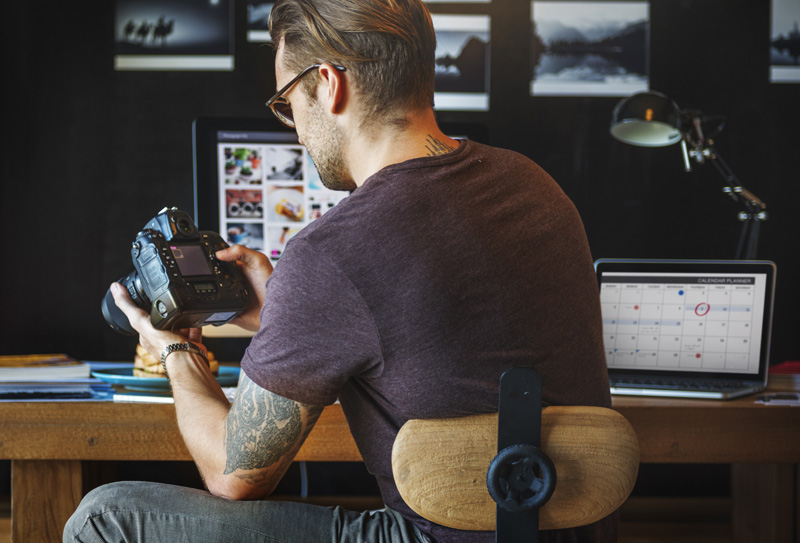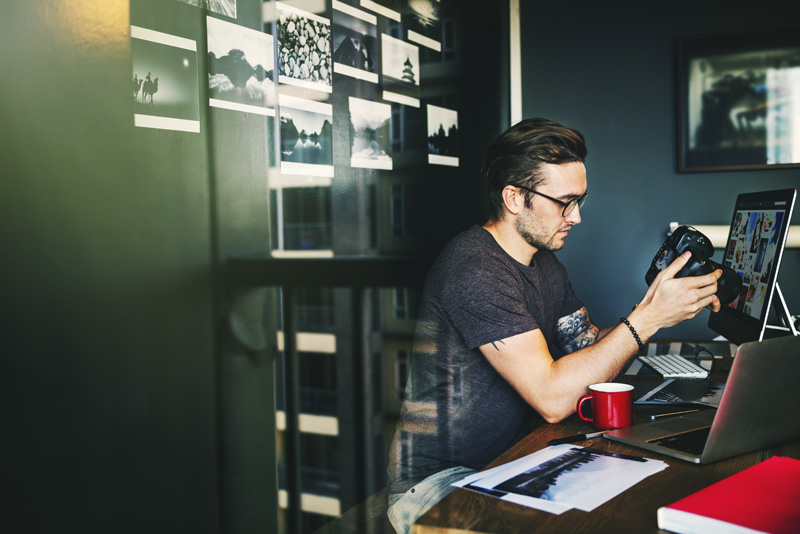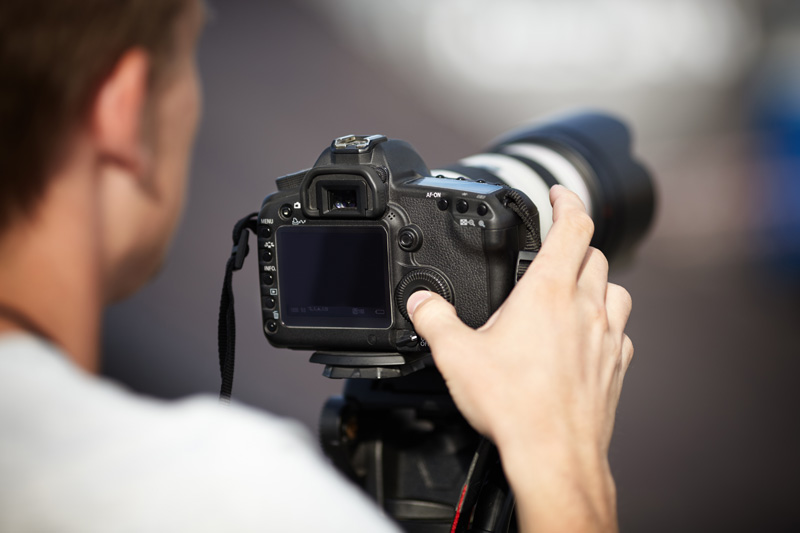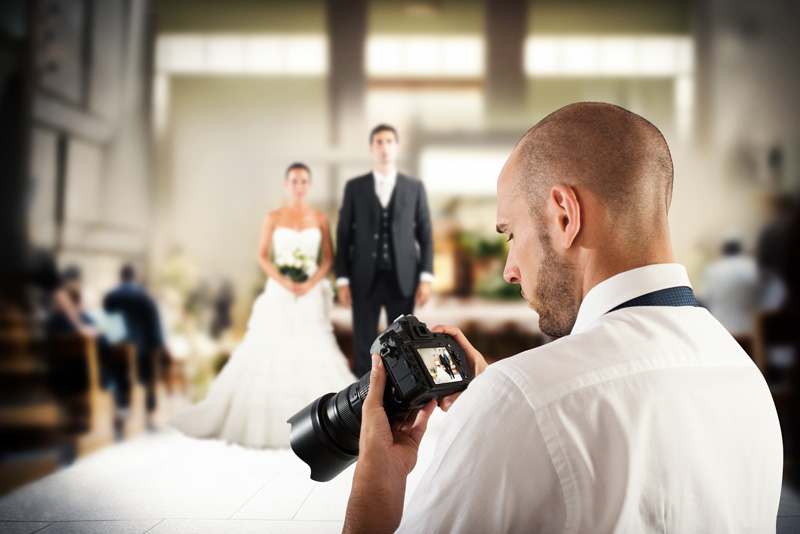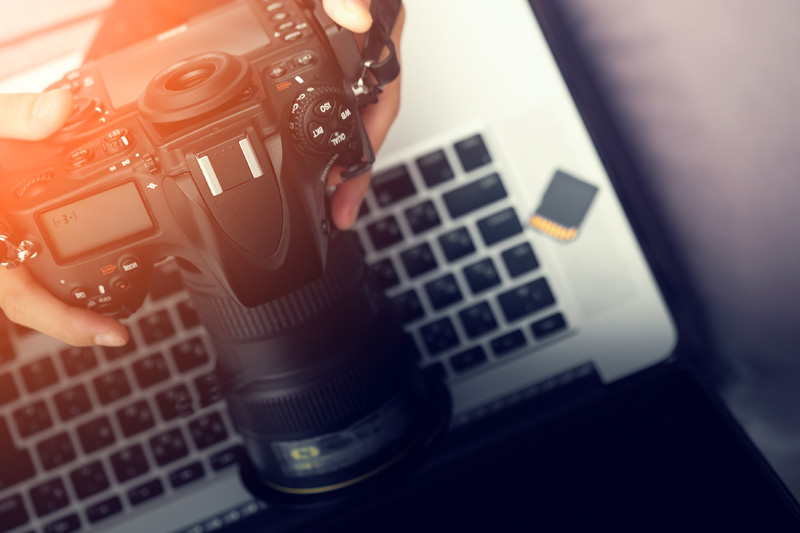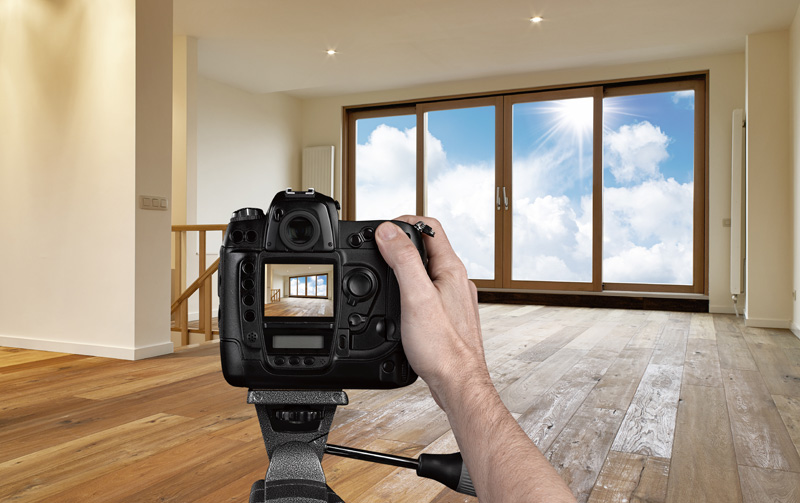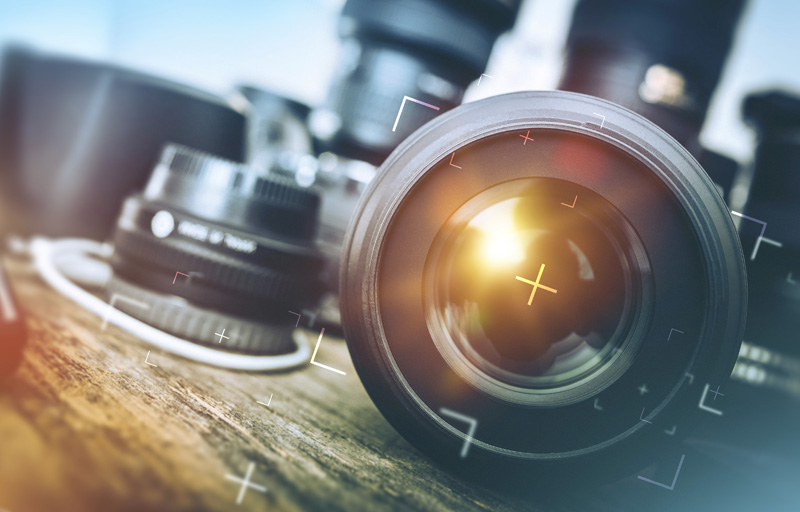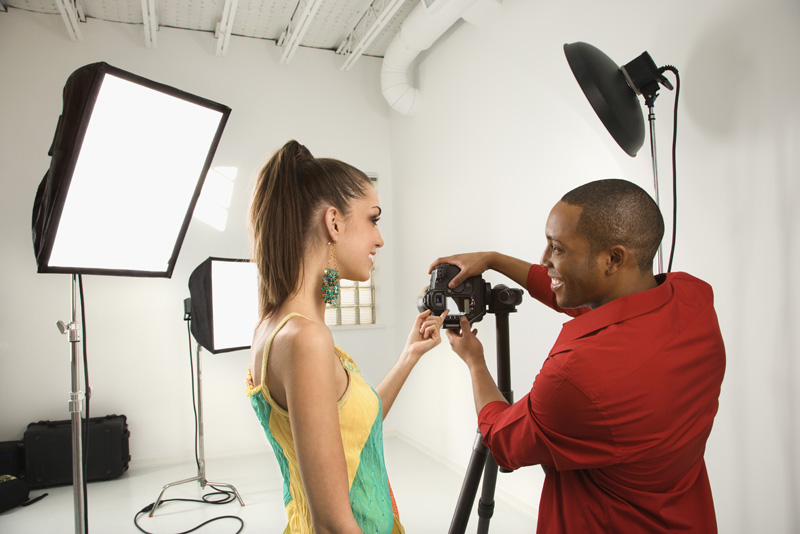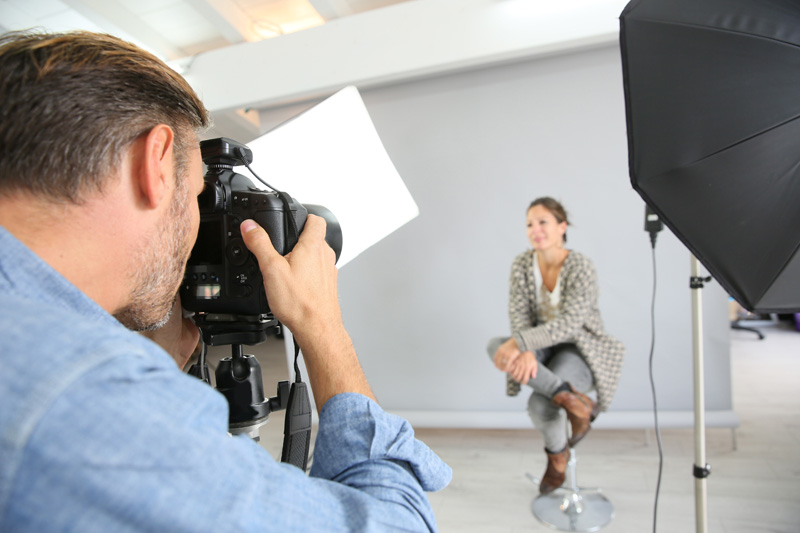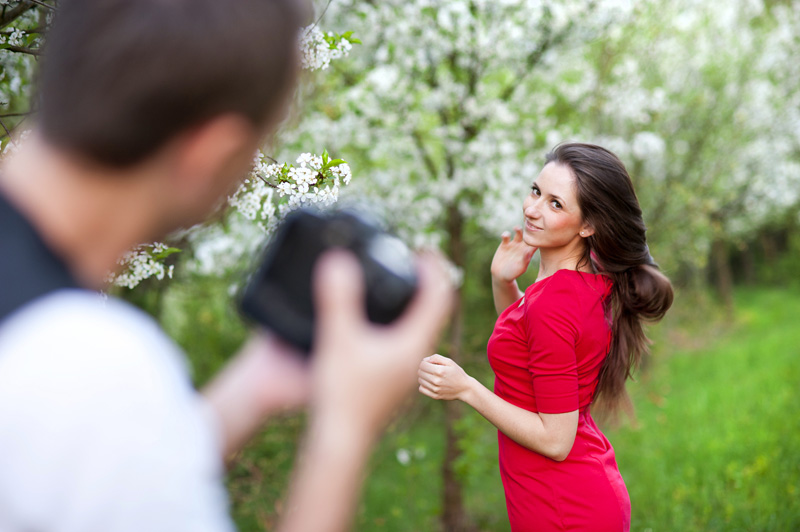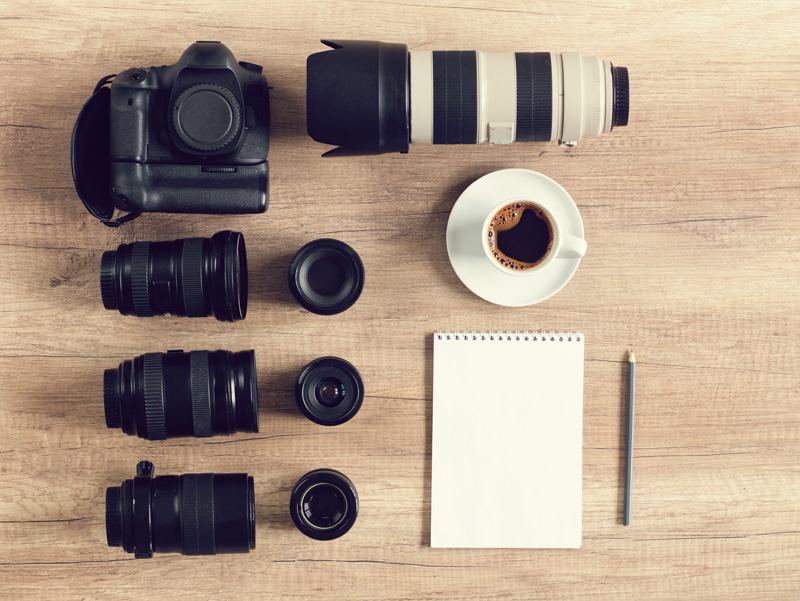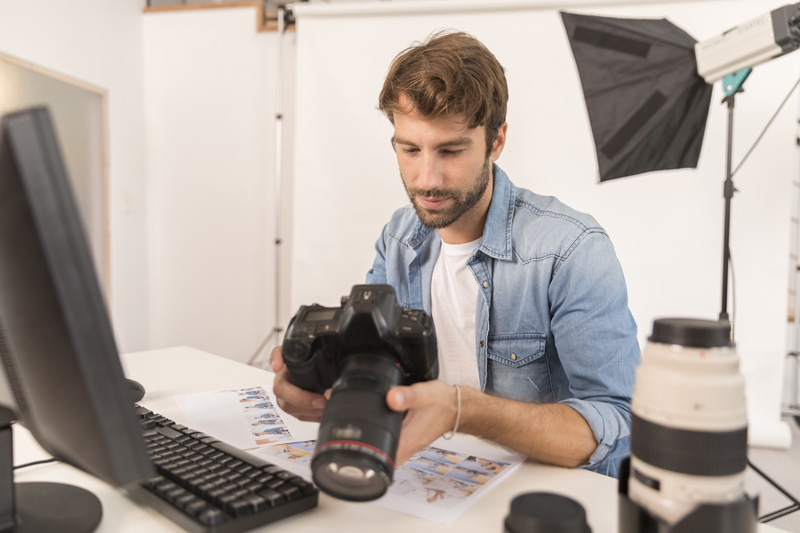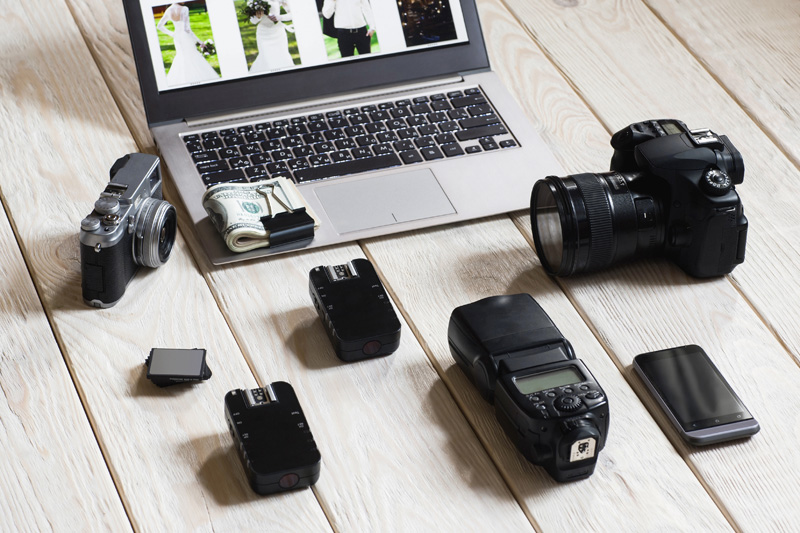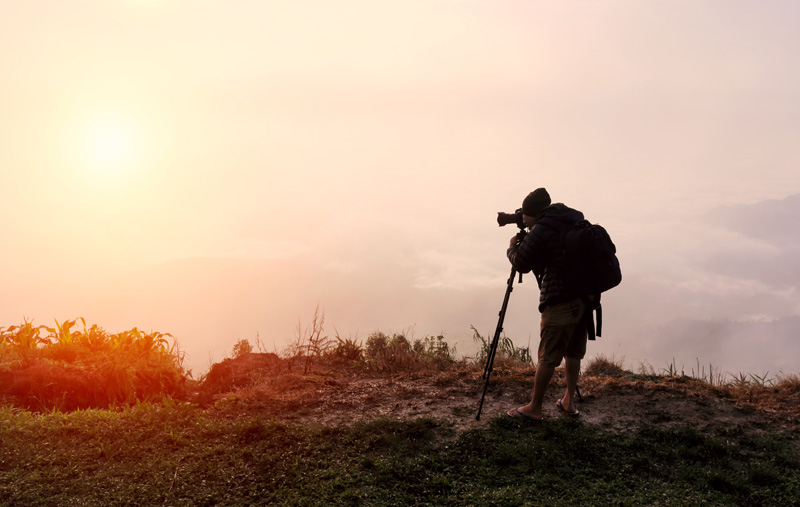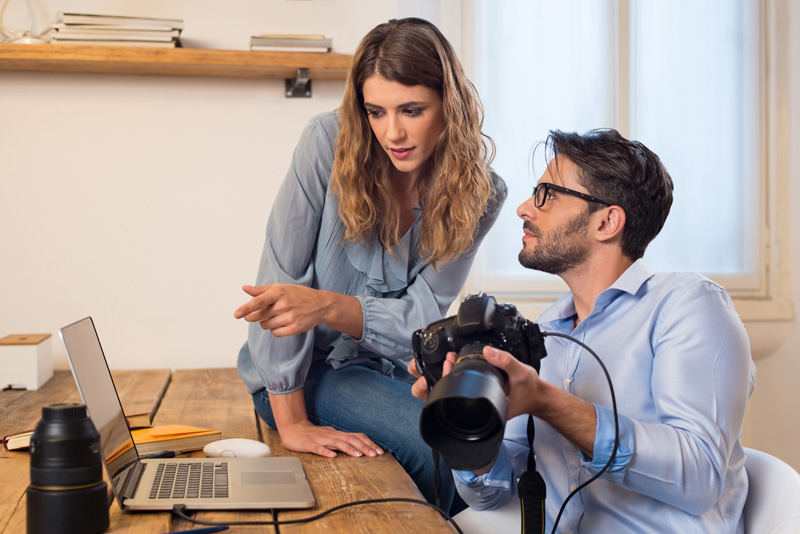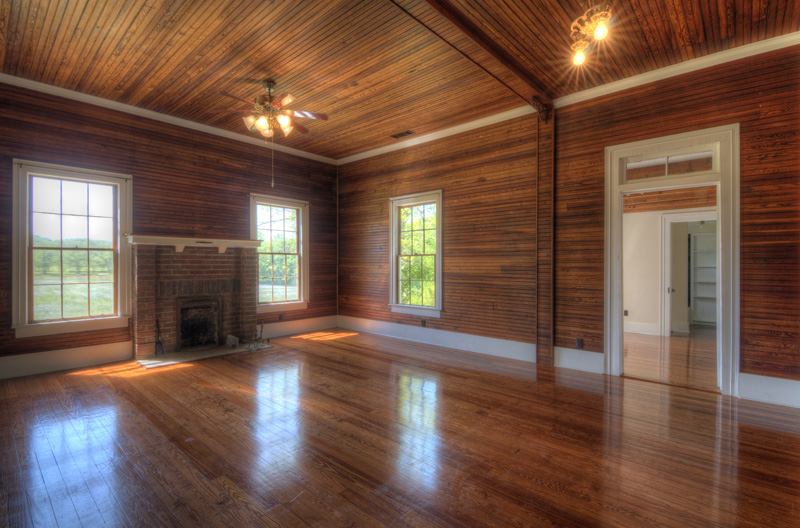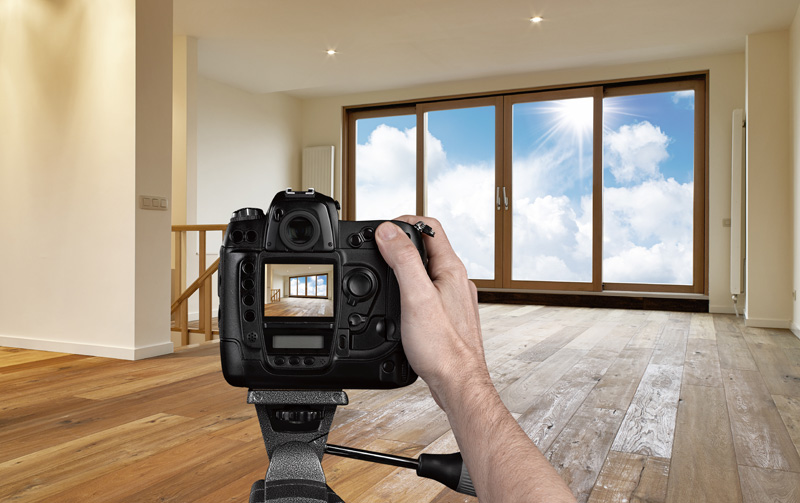Photographers spend endless hours perfecting their craft and sharing their work with the world, for others to enjoy. If you know an avid photographer, you’ll most likely know how passionate they are about their profession.
This Christmas, why not treat your photographer friends and family members to a special gift that you know they’ll love. Below, our list of cool Christmas gifts contains the best tools and gadgets for photography newbies as well as professionals.
For a touch of Christmas shopping inspiration, read on to discover the best gifts for photographers on the market right now.
LensPacks – £14.99
LensPacks are the perfect little gift for photographers on the go and, better yet, they’re affordable too!
This innovative lens change system allows you to change your lenses quickly and easily, so that you never have to miss a great photo opportunity again.
For LensPacks and more camera accessories, visit The Case Farm website.
Hubsan X4 Mini – £38.98
For those looking to start out in drone photography, the Hubsan X4 Mini is the perfect entry level drone to get started with. In fact, any camera enthusiast will appreciate this little gadget!
The Hubsan X4 boasts high-quality video and photo functionality as well as very stable flight, making it effortless to use. Also, with a highly durable, compact and lightweight frame, whoever you gift this great product to can take to the skies with ease!
Custom Foam Insert Case – Price Varies
Many photographer’s build their kit over time, carefully selecting the right cameras, lenses and tools to suit their needs. The end result is an extremely valuable selection of equipment that needs protecting at all costs.
A protective case with custom foam inserts from The Case Farm is the perfect gift for any photographer. You can personalise the foam to fit all of your tools snugly inside, giving you peace of mind that the contents are safe and free from harm.
Spudz Microfibre Lens Cleaning Cloth – £5.95
This may seem like a small gesture, but a lens cleaning cloth is a gift for photographers that will never go unappreciated.
This cleaning cloth from Amazon allows you to attach it to any camera, belt or case, so you’re always at the ready when your lens needs a quick clean.
Apple Lightning to SD Card Camera Reader – £29
This SD card reader from Apple is a god-send for any photographers that also own iPhones.
This handy gadget allows you download photos straight from your camera’s SD card onto your phone.
The reader also supports standard photo formats and video formats, making it easier than ever for photographers to share their work with family and friends.
Leather Camera Strap – £26.72
This durable leather camera strap from etsy shop, Tether Straps, is the perfect gift for any photographer.
It’s suede and leather materials makes it super comfortable for the wearer and its high-quality means that it will stand the test of time. It’s a thoughtful, long-lasting gift to give this Christmas.


